You peacefully go to bed after tucking your children in for the night. The doors are locked, the windows are shut, and the oven is off. You’ve done a mental checklist of all you need to do to make sure your home is safe and secure. But what about the unseen dangers lurking in your home?
There are all sorts of hazards lurking in and around our homes, most of which we’re unaware of. From sharp edges on furniture to poisonous plants, it’s critical to be informed of the dangers so that you can take appropriate precautions to keep yourself and your loved ones safe. Follow this guide to make sure your home is as safe as possible.
Fire Hazards
According to studies, injuries from home fires totaled about 13,350 injuries per year in the United States. That means that every 14 minutes, someone is injured in a house fire.
While you can’t predict when or where a fire will start, there are some common hazards in every home that you should be aware of and take steps to prevent.
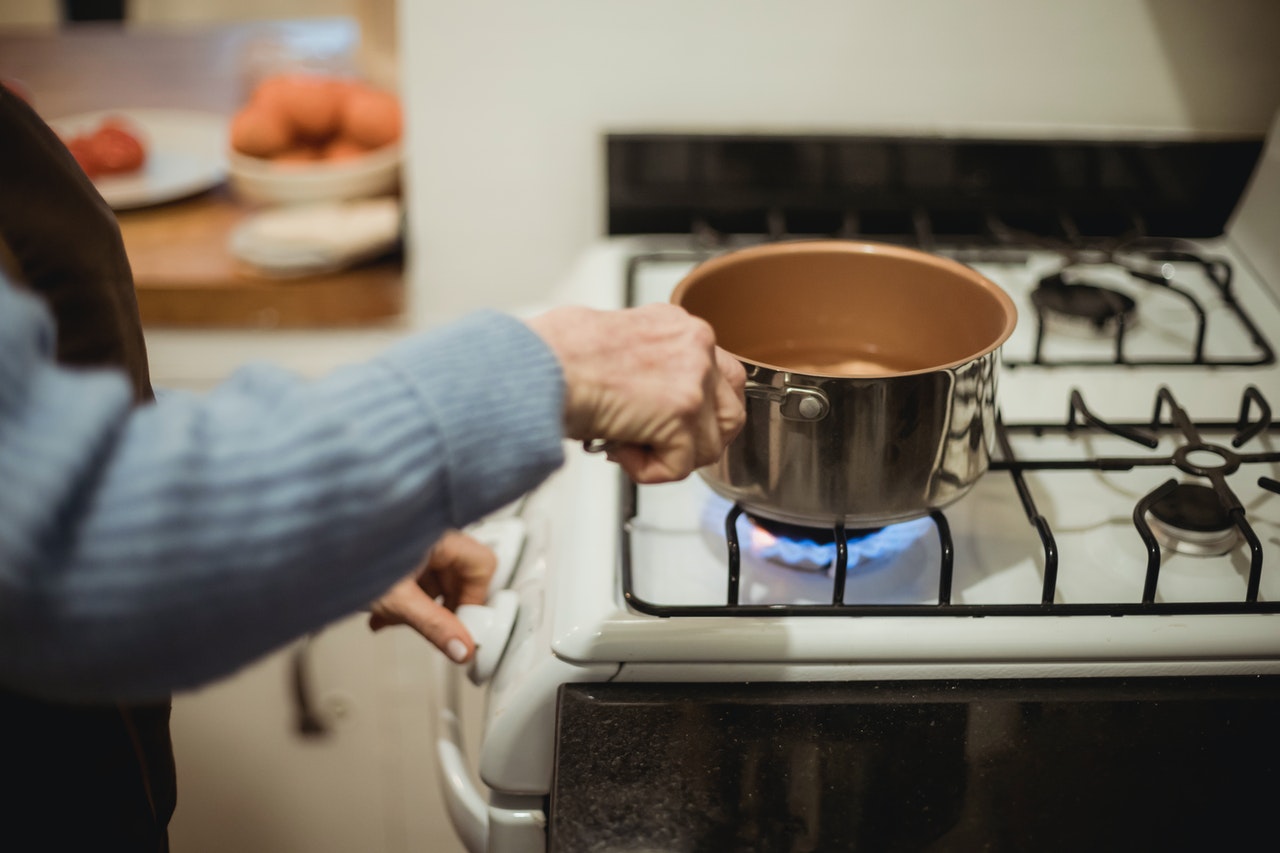
- Heating Sources
Space heaters, fireplaces, and wood stoves are familiar sources of home fires. Make sure you have a three-foot “kid-free zone” around all open flames in your home. Keep anything that can burn at least three feet away from heating sources.
- Smoking Materials
According to the National Fire Protection Agency, one of the most common causes of house fires is smoking materials, including cigarettes, cigars, and pipes. If you smoke, use deep, sturdy ashtrays and never smoke in a bed or when you’re drowsy.
- Overloaded Outlets and Extension Cords
According to the U.S. Consumer Product Safety Commission, overloaded outlets and extension cords are another leading cause of home fires. Be sure to use the proper size extension cord for your needs and never overload an outlet by plugging in too many devices.
Ways to Reduce the Risk of House Fire
- Keep a working fire extinguisher in your home and know how to use it
- Install smoke alarms in your main rooms
- Make sure your home’s electrical system is up to date
- Never leave food cooking alone
Poisoning
According to studies, more than two million poisonings are reported each year in the United States.
While most poisoning events affect youngsters under six, every family member should know what to expect and how to take precautions.
Common Household Poisons
- Cleaning Products
Many standard cleaning supplies contain poisonous chemicals. Never mix different cleaners, as this can create toxic fumes. It’s also safe to mention to keep chemicals like petrol and paint thinners out of the reach of children. When storing these things, be cautious not to include chemicals or petrol in bottles that might be confused with drinkable items, such as a soft drink bottle.
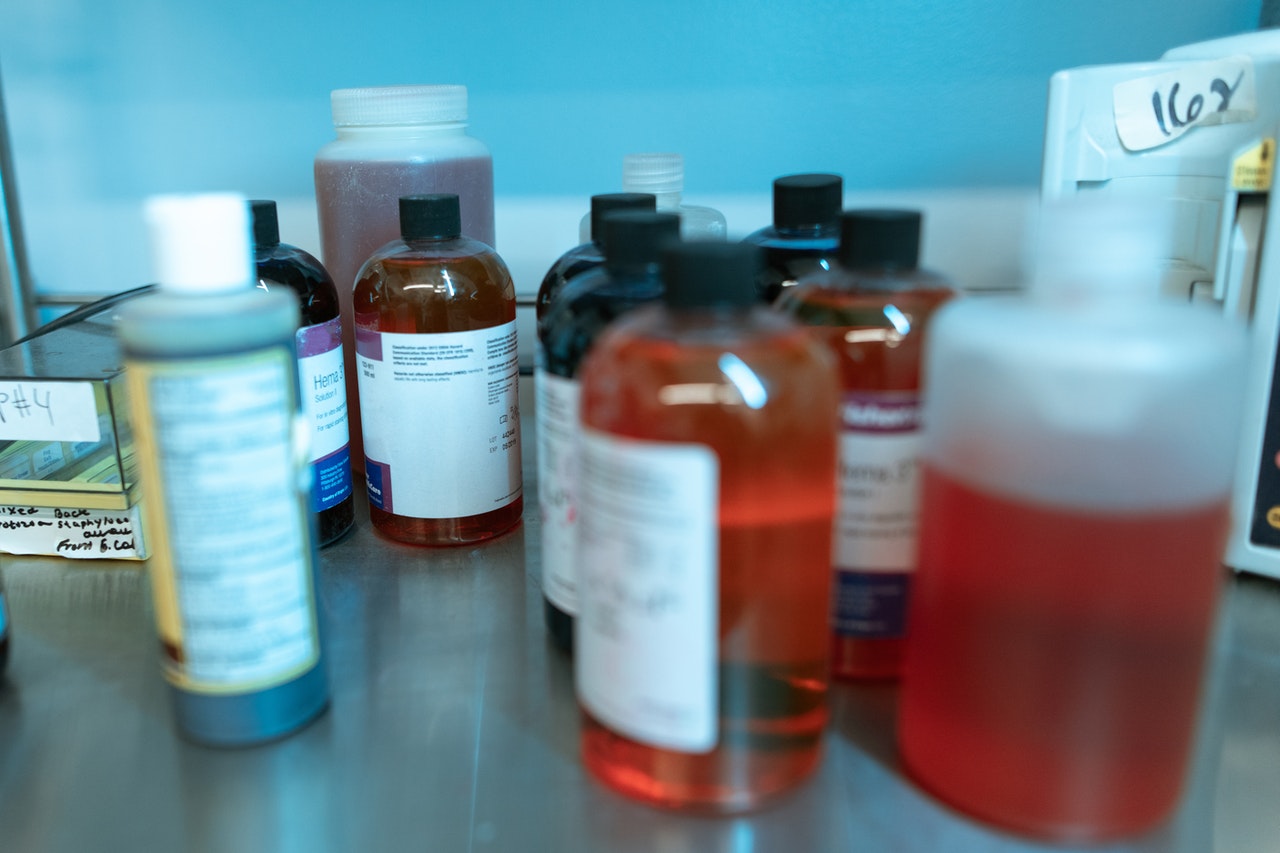
- Medications
There is a box of prescription and over-the-counter medicines in every home. From Xanax to Advil, it’s essential to keep all medicines out of reach of children and pets. Be sure to dispose of expired or unused medications properly. The best way to do this is by taking them to a local pharmacy.
- Plants
Believe it or not, many common household plants are poisonous. Oleander, Philodendron, and English Ivy are among the plants worth watching. You can contact your local nursery or the Poison Control Center for information about dangerous plants.
- Carbon Monoxide Poisoning
An odorless, colorless gas that can be deadly. Carbon monoxide poisoning kills hundreds of people in the United States every year. To mitigate the danger of carbon monoxide poisoning in your house, make sure to install a carbon monoxide detector and have your heating system and chimney checked regularly.
Water Hazards
Many people overlook safety precautions when installing deep bathtubs and Jacuzzis, but the truth is, these fixtures can pose a severe threat if you’re not careful.
The U.S. Consumer Product Safety Commission reports that more than 300 people drown each year in bathtubs, Jacuzzis, and spas. Of these drowning victims, more than half are children under five years old.
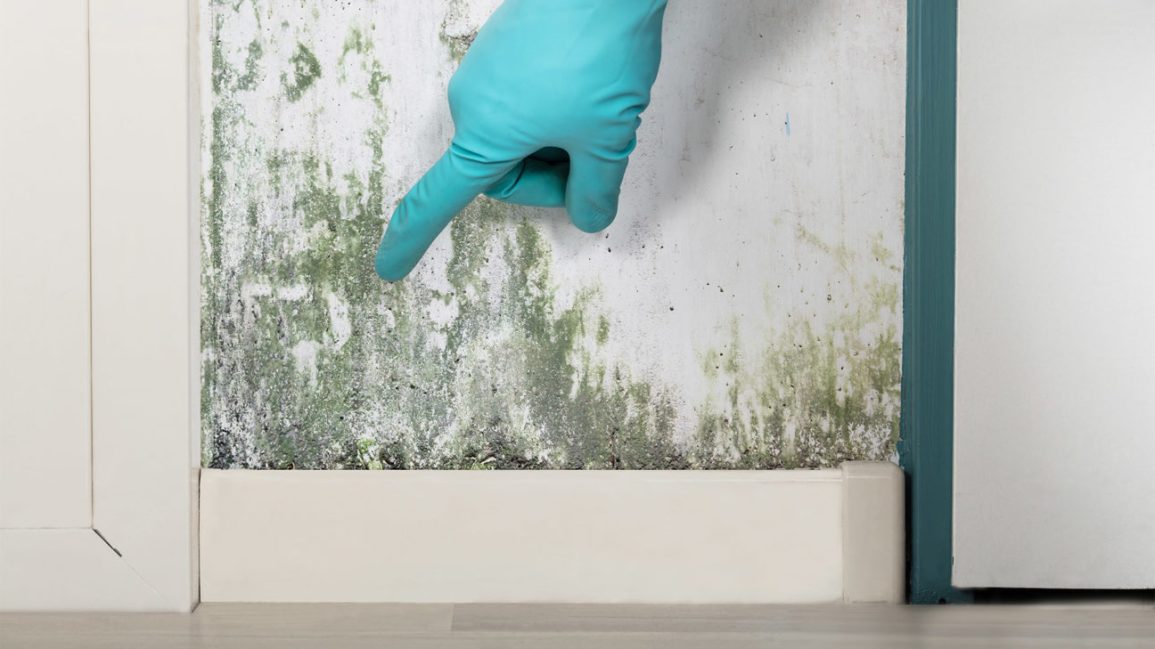
- Mold and Mildew
Your walls may be keeping secrets from you. In the form of mold and mildew, these pesky fungi can grow in your home and cause various health problems. The presence of mildew can cause upper respiratory tract infections, bronchitis, and asthma. It can also cause skin irritation, headaches, and dizziness.
If you suspect that your walls are infested with mold or mildew, you’ll need to take action immediately. Begin by locating the source of the problem. If you see anything that looks like mold or mildew, you’ll need to clean it up immediately. It is possible to remove mildew and mold with bleach and water in certain situations.
- Swimming Pools
Fun and attractive but often forgotten, swimming pools can also be a hazard in the home. It doesn’t necessarily have to be an in-ground pool either – portable pools can be just as dangerous. Slip falls, head injuries, and drowning is just a few of the dangers of swimming pools.
To keep your pool safe, be sure to install a fence around it and post warning signs. It’s also important to keep pool toys and floats out of reach of children.
Conclusion
Do you feel safe in your home? Most people do, but sometimes we can be our own worst enemy for safety. Creating a secure atmosphere in which your family may develop and flourish is one of the most important things to do. However, even though many serious safety risks exist around the typical house, most of these problems are straightforward to fix.
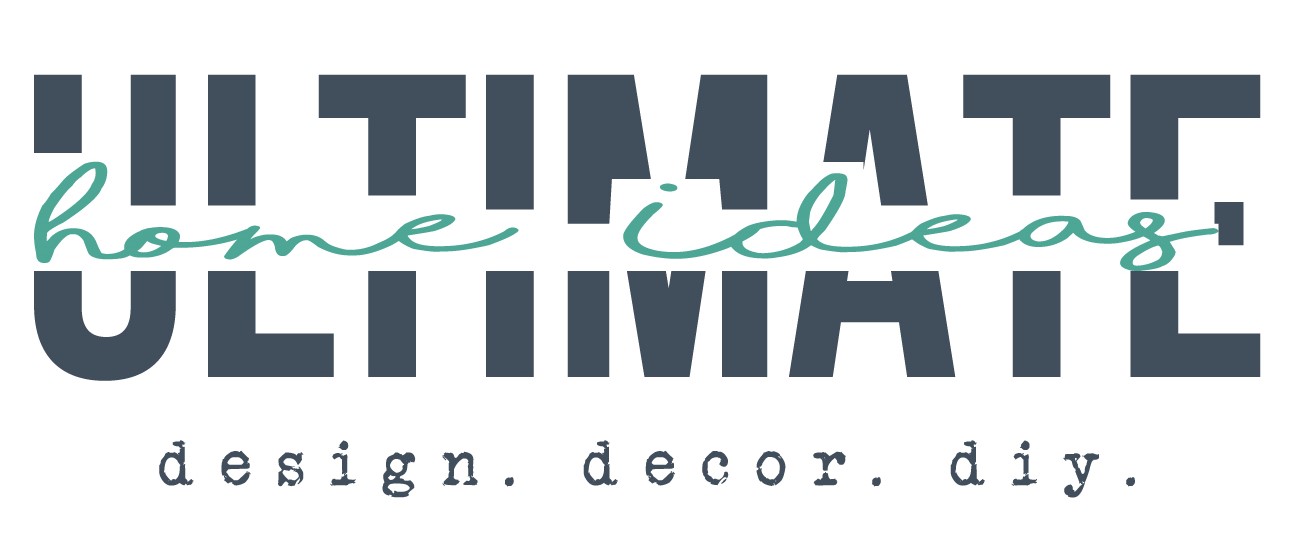




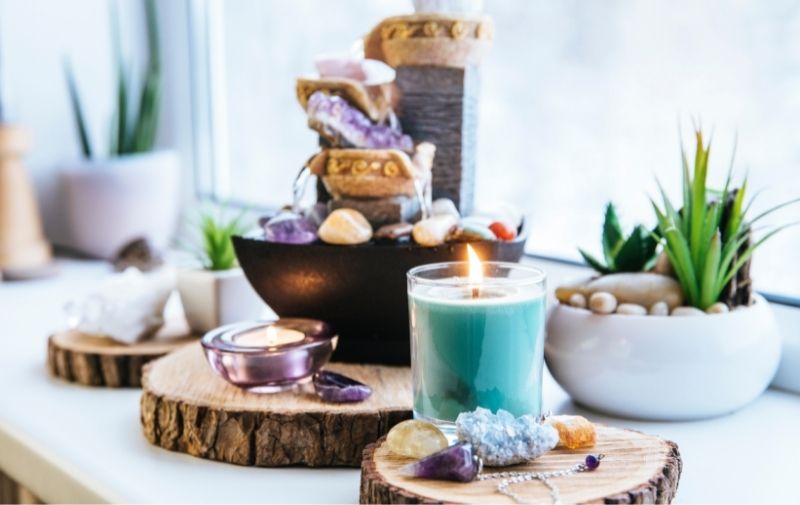

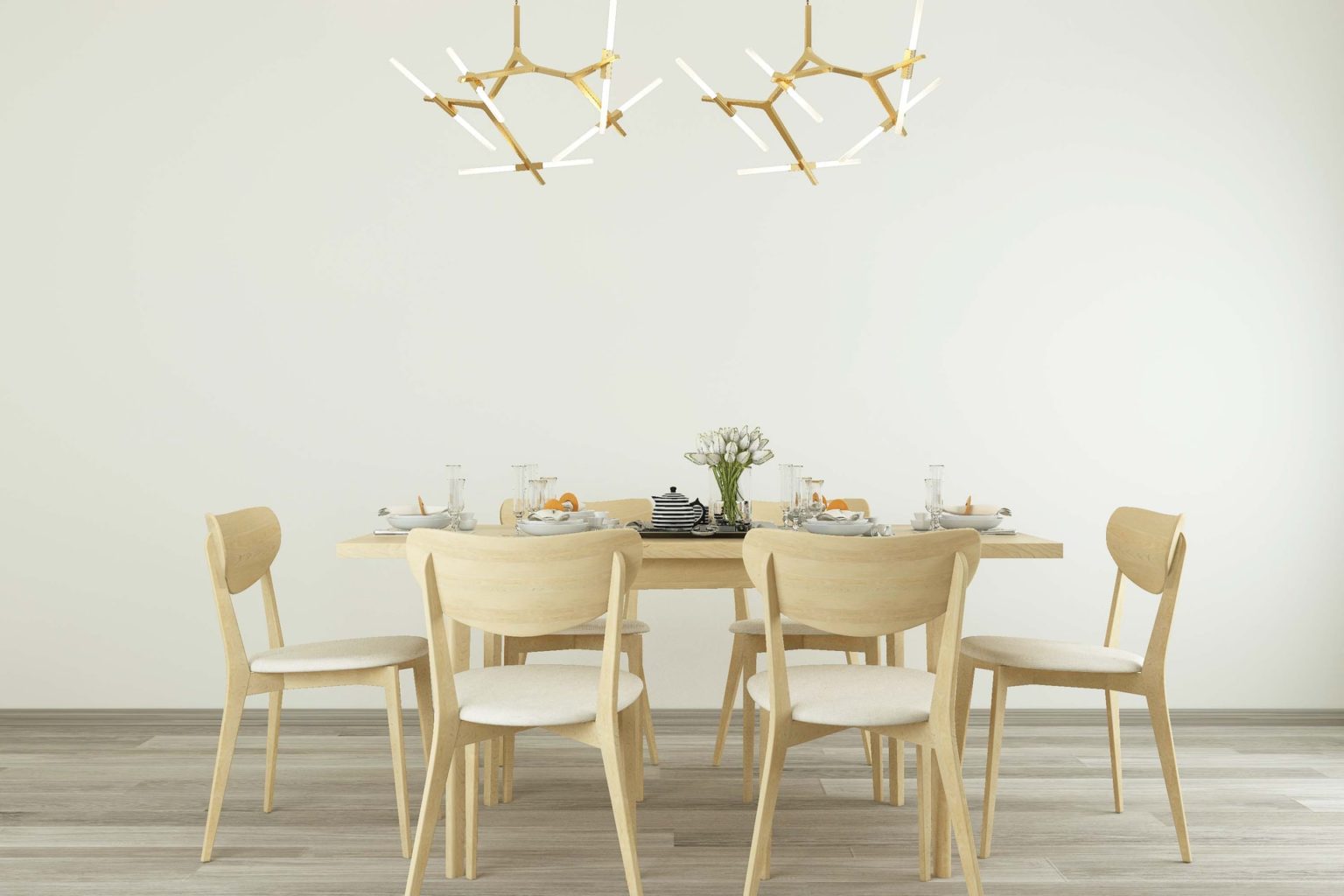

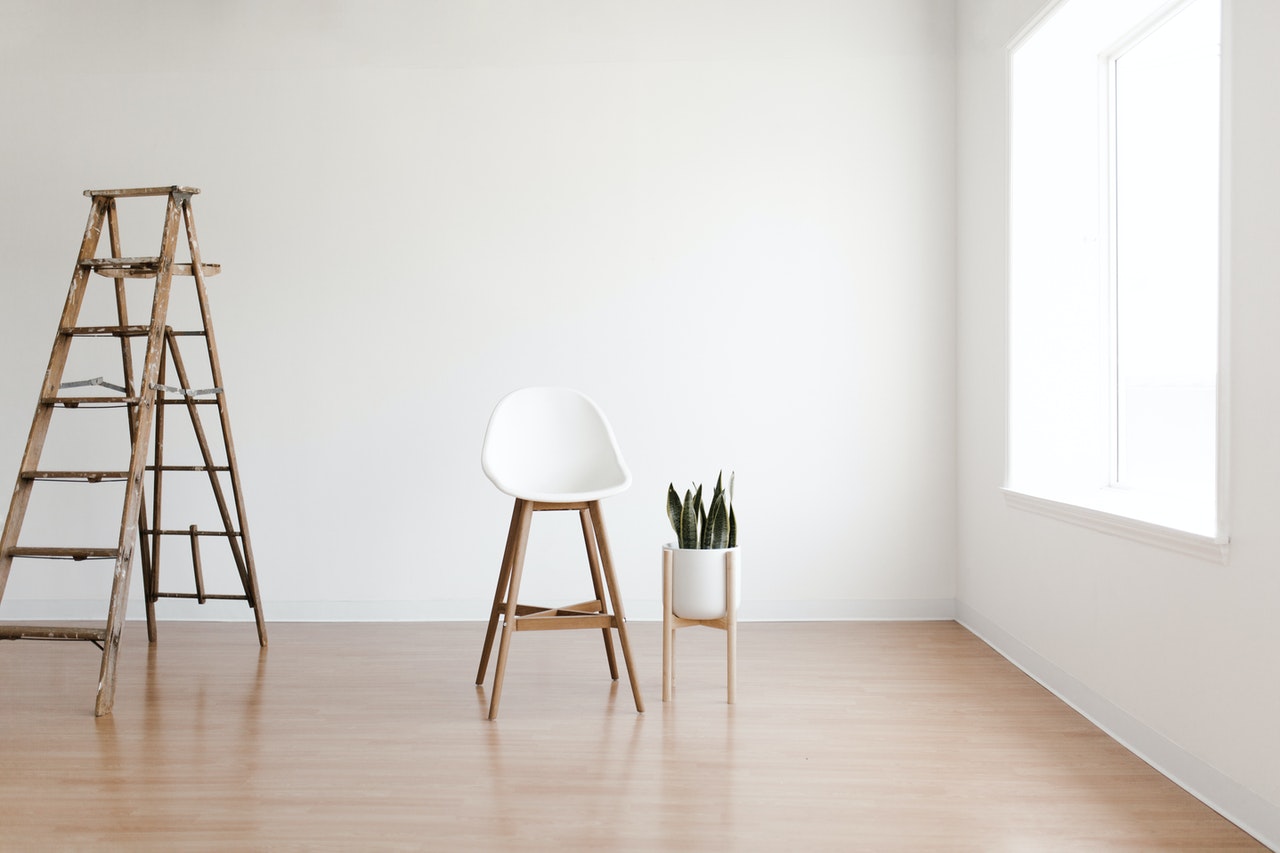
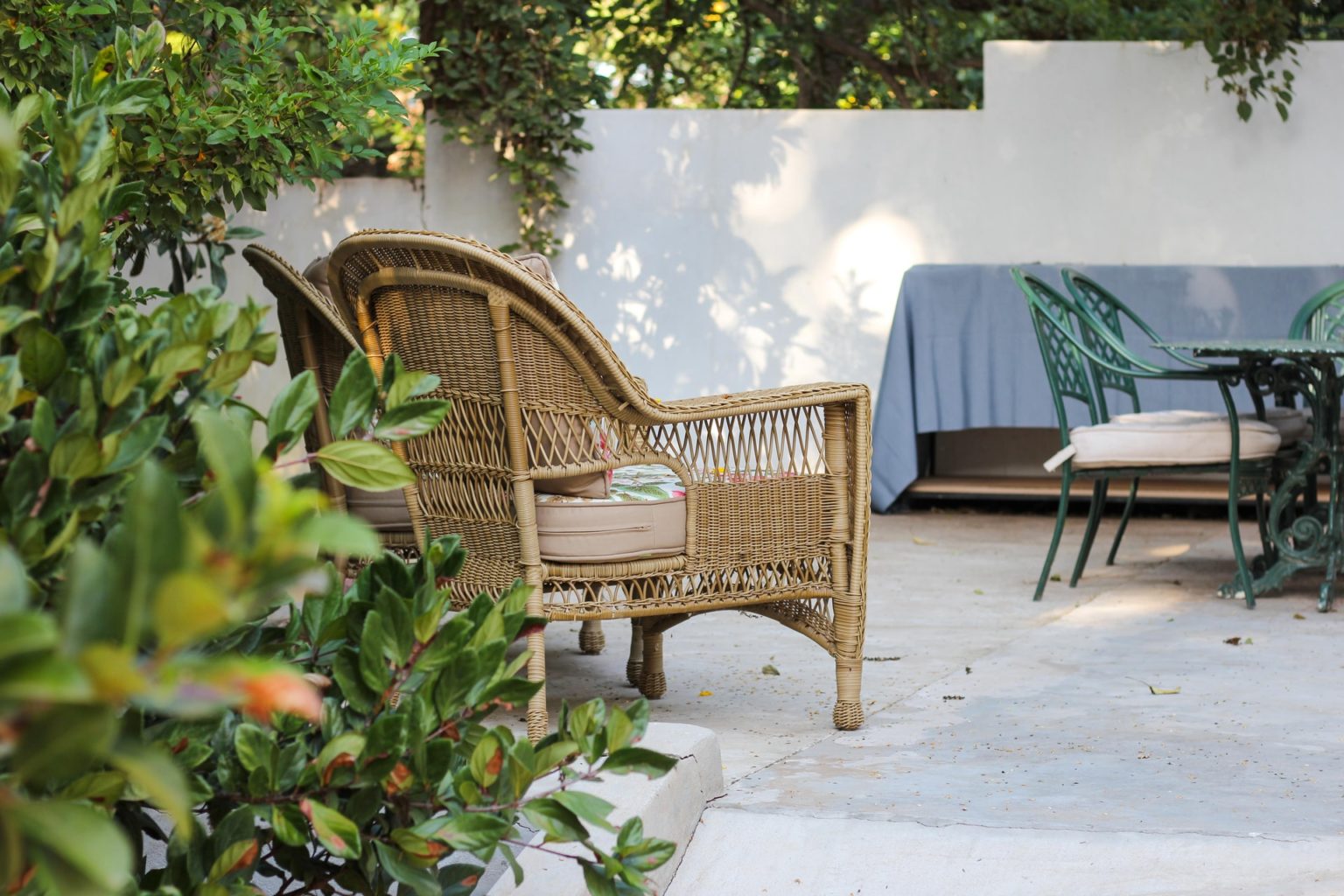
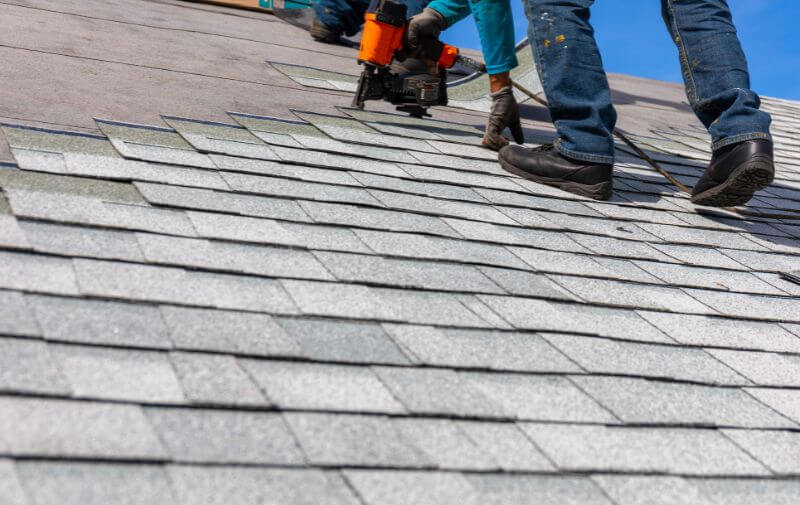
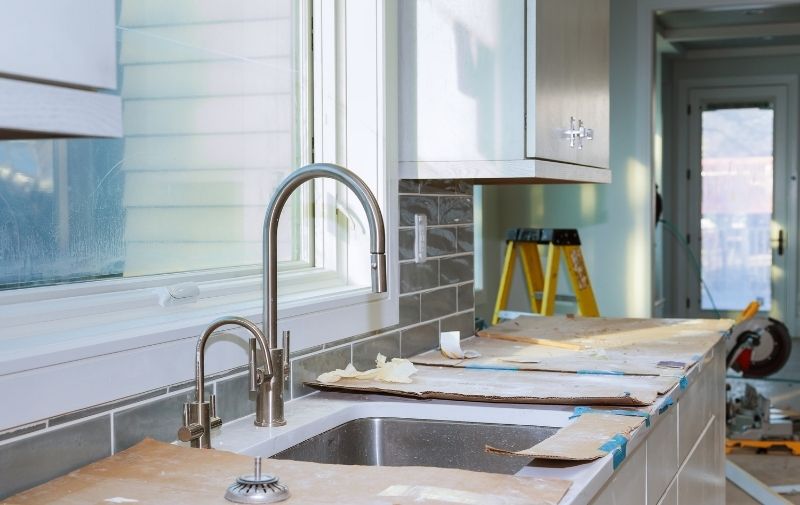

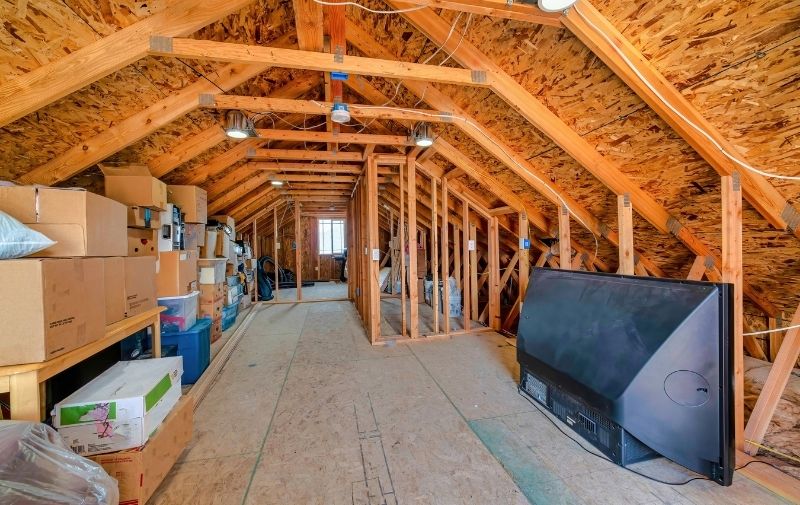
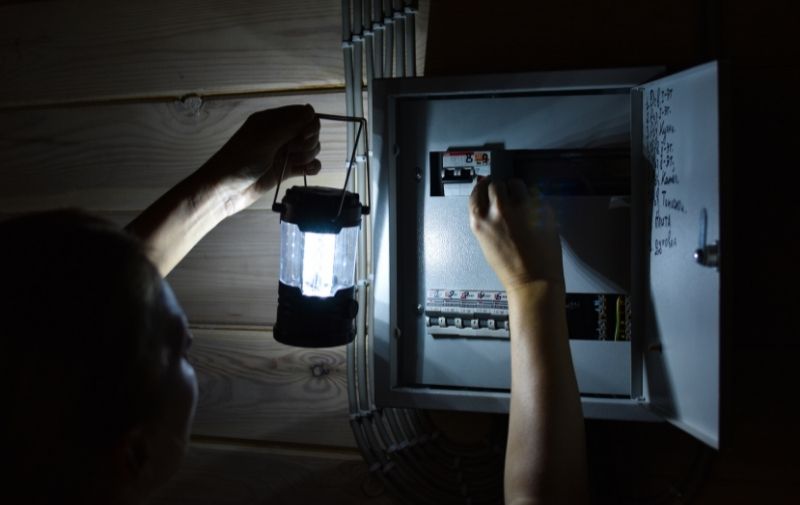
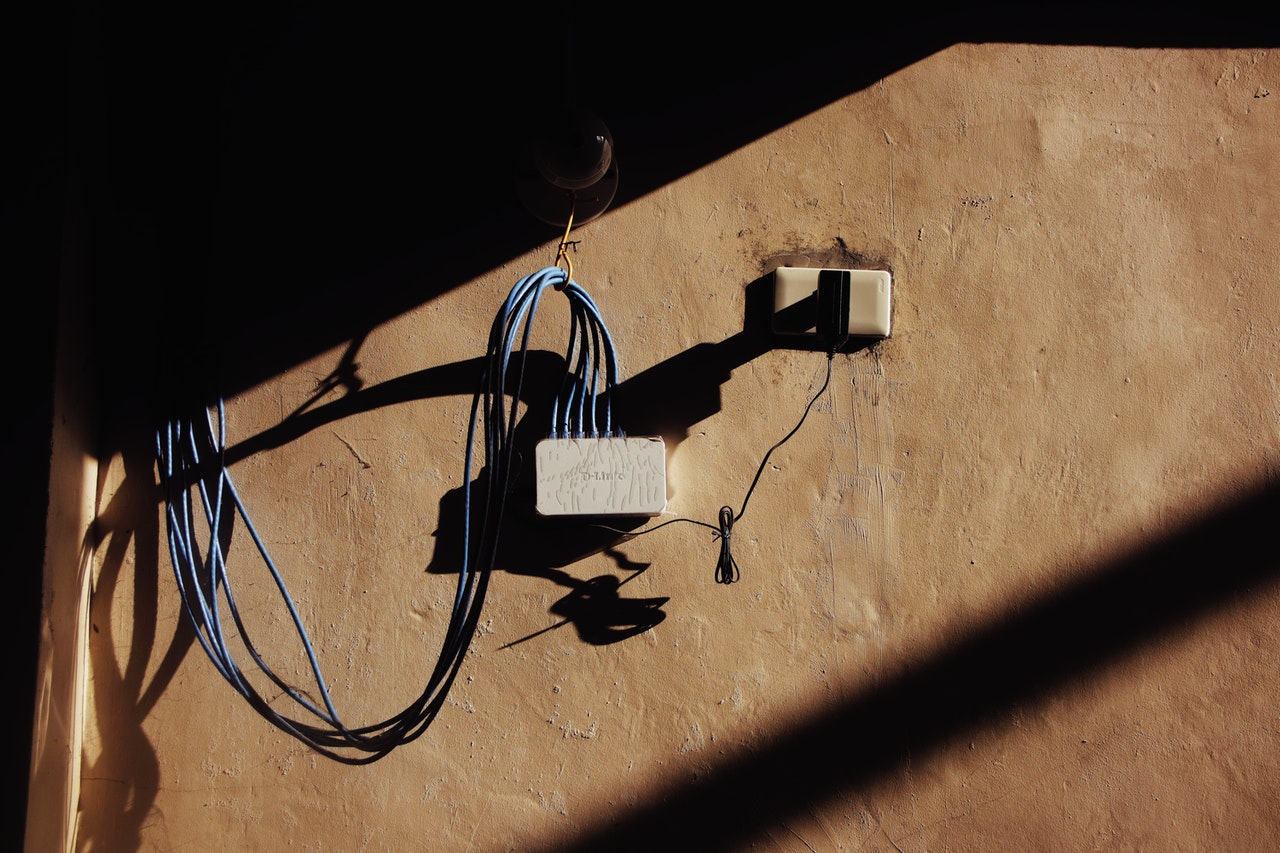
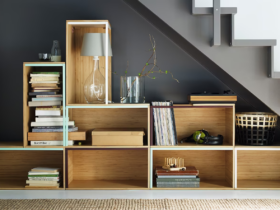
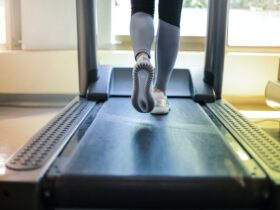
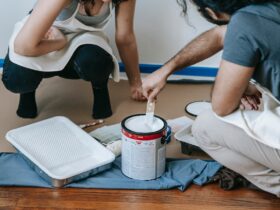

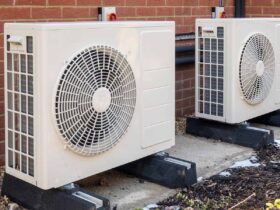
Leave a Reply